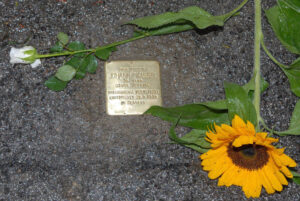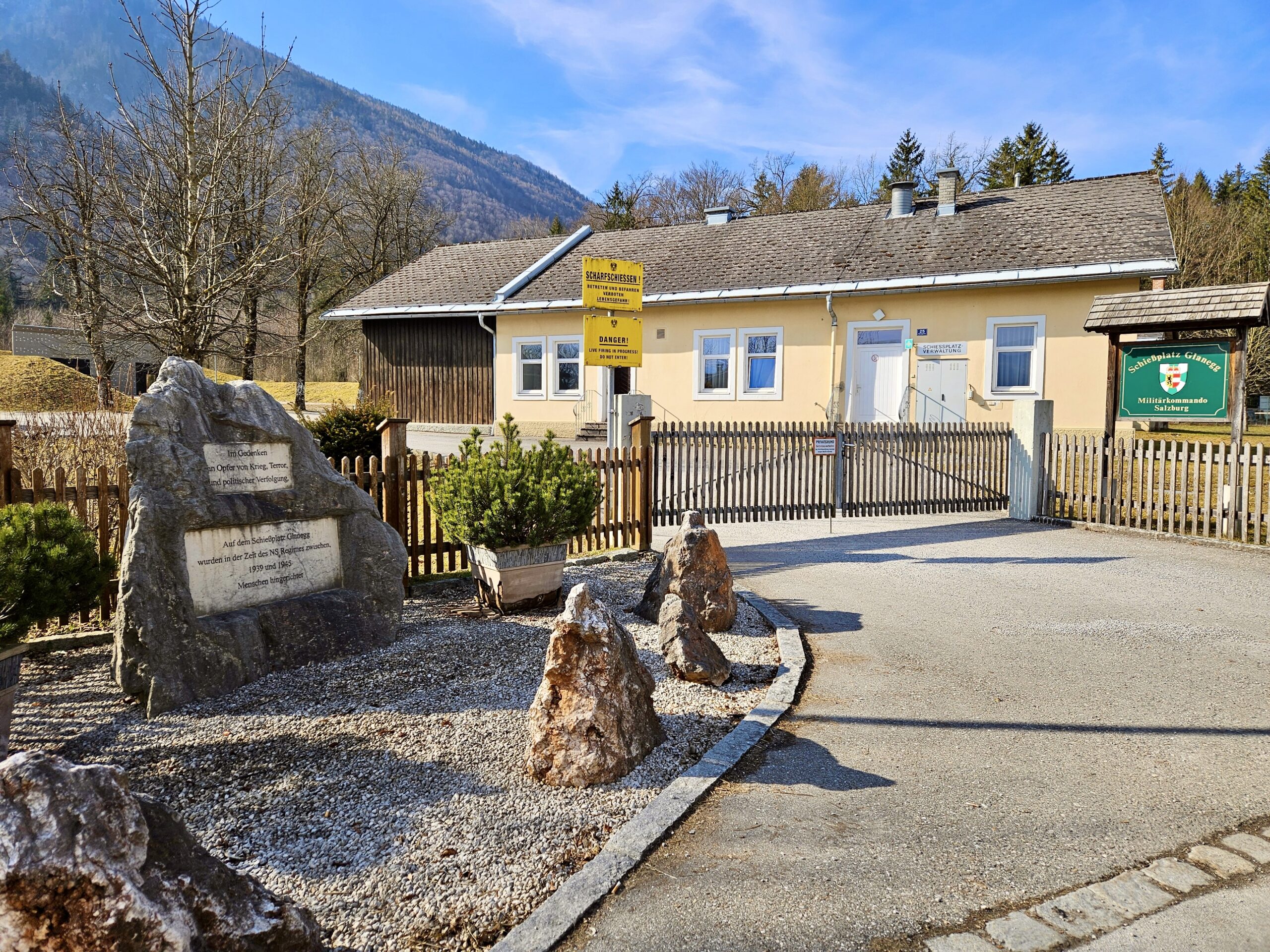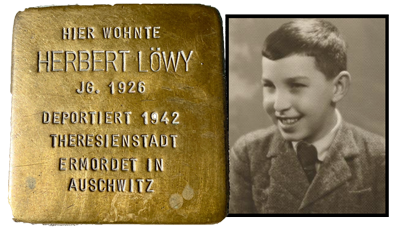Johann PICHLER, born on November 15, 1899 in Pachersdorf near Linz, was a Jehovah’s Witness, unskilled laborer and married (living separately from his wife Cäcilia).
From 1928 he lived with the Greisberger family in Gnigl near Salzburg and lastly in the Salzburg district of Sam, Bachwinkelweg 10 (the house belonged to the Reiter-Greisberger family).
The 39-year-old Johann PICHLER and the 42-year-old Josef WEGSCHEIDER, both Jehovah’s Witnesses, who knew how to heed God’s commandments and especially the fifth »Thou shalt not kill« and therefore refused military service, were the first victims of military justice in Salzburg, Justizgebäude, Kajetanerplatz 2.
The court-martial of the Commander of the Replacement Troops XVIII (War Court Councillor Hans Hübner as judge) had tried in vain to change the minds of the two Jehovah’s Witnesses.
However, their faith was stronger than their fear of death.
Johann PICHLER and Josef WEGSCHEIDER, »riflemen of the reserve«, who had been called up to the German Wehrmacht at the beginning of the Second World War and sentenced to death in accordance with »§ 5 of the War Special Criminal Law Ordinance«, were shot on the morning of September 26, 1939, exactly at 6:40 a.m., at the military shooting range in Glanegg near Salzburg – but only after unforeseen complications:
[…] The execution, however, did not go as the commanders had imagined.
The two [Pichler and Wegscheider] declared that it was unnecessary to blindfold them. But it was done anyway.
When the order to fire was finally given, the soldiers refused to shoot.
Only when asked again, and after the soldiers were made to understand that they themselves would face disciplinary sanctions, were the two innocent men struck down by the bullets.
On September 28, 1939, the two murdered Jehovah’s Witnesses were buried in Salzburg’s municipal cemetery with the active participation of their religious family: a demonstration of mourning and faith by Bible-minded people who remained steadfast despite the intervention of the Gestapo, which inevitably caused a public stir, as the Gestapo report shows:
In addition to the relatives of the two dead [Pichler and Wegscheider], about 150 people attended the funeral.
The participants joined the coffins, which were carried from the mortuary directly to the graves, in one procession.
About 90 % of the mourners consisted of women, who had taken a conspicuous number of children with them.
The Bible scholar Alois Harasek had the intention to say a prayer at the graves and to have those present sing three spiritual songs, which he had taken from the Jehovah songbook, but he was forbidden to do so.
A demonstrative attitude was adopted by the Bible scholar Rudolf Stonig, shouting in a loud voice: ‘You have obeyed God more than men.’ […]
The Gestapo interpreted the public manifestation of faith by Jehovah’s Witnesses, whose central concern is the observance of God’s commandments, as a demonstration directed against state power.
Even their conscientious objection was based purely on religious grounds, making them no less resistant than politically motivated activists, just different.
Respect for the other as other, however, was not to be expected on the part of the ruling and warrior classes. The complications of the execution in Glanegg and the manifestations of faith at the communal cemetery in Salzburg were decisive for the transfer of the executions to German penal prisons.
In January 1940, six Jehovah’s Witnesses from the province of Salzburg, four of them from the provincial capital, were beheaded by the executioner in Berlin-Plötzensee: Johann Ellmauer from Thalgau, Gottfried Herzog from Strasswalchen, Franz MITTENDORFER from Salzburg, Landstraße 15, Franz REITER from Salzburg, Auerspergstraße 48, Johann and Matthias Nobis from Salzburg, Morz and Gnigl (for the brothers Nobis born in St. Georgen brothers were already laid on July 19, 1997 in front of their home in St. Georgen).
In the meantime, all eight Jehovah’s Witnesses from the province of Salzburg who refused military service for religious motives and were sentenced to death and executed for it have been rehabilitated – not least thanks to the initiative of their religious community, which has been state-recognized in Austria since 2009.
It is also noteworthy that the Military Command Salzburg, at the suggestion of the then Governor Gabi Burgstaller, who is the godmother of the »Stolperstein« (Stumbling block) for conscientious objector Johann PICHLER, erected a memorial stone for the victims of Nazi terror, conscientious objectors and deserters in Glanegg near Salzburg on September 30, 2011.
Sources
- Archive of the Archdiocese of Linz (registry records)
- Salzburg City and State Archives (population register)
- Court martial of the commander of the reserve troops of Military District XVIII Salzburg (report to the Wehrmacht Information Office)
- Archive of Jehovah’s Witnesses
- Resistance and Persecution in Salzburg 1934-1945, Volume 2, Vienna 1991, pp. 323-351, 610-612
Translation: DeepL
Stumbling Stone
Laid 22.06.2009 at Salzburg, Bachwinkelweg 10

 Johann Pichler
Johann PichlerPhoto: Archive Jehovah's Witnesses, Heidi Gsell
 Court Martial Wehrkreis XVIII Salzburg: Report to Wehrmacht Information Center
Court Martial Wehrkreis XVIII Salzburg: Report to Wehrmacht Information Center
 Photo: Gert Kerschbaumer
Photo: Gert Kerschbaumer
 Memorial to the victims of the Salzburg courts martial in Glanegg (erected on 30 September 2011 on the initiative of Governor Gabi Burgstaller)
Memorial to the victims of the Salzburg courts martial in Glanegg (erected on 30 September 2011 on the initiative of Governor Gabi Burgstaller)Photo: Gert Kerschbaumer
